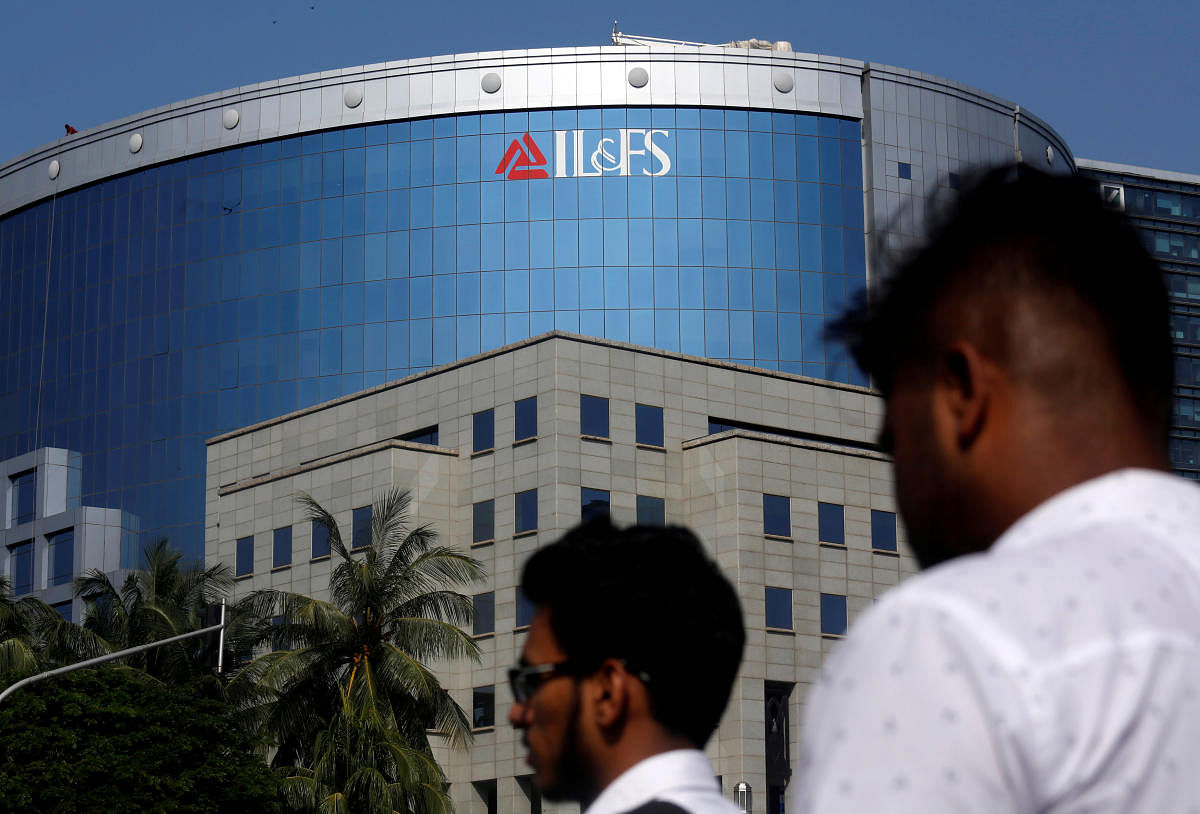Construction of the Z-Morh tunnel came to a halt two months ago after Infrastructure Leasing & Financial Services (IL&FS), one of India’s top infrastructure funding companies which was helping build the project, stopped paying contractors in the face of a severe cash crunch.
“I have no work since work on the project was stopped in July,” said Ahmad, 34, who was earning about Rs 30,000 ($413) a month. Hundreds of other people working on the project are also out of a job because of non-payments by IL&FS. The company has also defaulted on its debt obligations, roiling Indian markets and sparking worries of a credit crunch in the shadow financing sector.
The company’s defaults have highlighted the risk of a sharp growth slowdown in the world’s fastest growing major economy, as lenders pare their exposure to the shadow banking space, or what are called non-banking finance companies (NBFCs) in India. Shadow banks have played an outsized role in lending growth in India in the last two years, and the sector’s loan books have grown at more than double the pace of Indian banks, that are currently saddled with about $150 billion of stressed assets.
“Raising money will become increasingly difficult for NBFCs and that will push up the cost of borrowing for these companies and projects will slow down eventually, leading to a broader slowdown in the economy than is currently priced in,” said Ashish Vaidya, executive director and head of trading at DBS Bank in Mumbai. A fall in economic growth would be a blow to Prime Minister Narendra Modi and the ruling Bharatiya Janata Party, which is already under pressure from protests over rising fuel costs, as they prepare for key state elections in late 2018 and a national election due to be held by next May.
Rising rates
The stress is evident in short-term interest rates as the Reserve Bank of India’s dollar sales to stem the rupee’s fall have sucked up rupee liquidity and raised borrowing costs.
One-year commercial paper has risen by 80 basis points to 9.30% since August and the one-year sovereign treasury bill rate is up 60 bps to 7.73%, while the one-year overnight indexed swap rate is at 7.50%, indicating markets are pricing in a 100 bps hike in the RBI’s key repo rate going forward.
The RBI has raised its policy rate by 50 bps this year to 6.50% and most analysts expect it to raise rates for a third time next week to stem inflationary pressure due to the sharp fall in the rupee. There are already signs that financing is suffering, and that could hit capital spending.
State-run Power Finance Co, Rural Electrification Corp and North Eastern Electric Power Corp have all scrapped debt issuance plans this month as interest rates have surged.
Higher rates and more risk-aversion among finance companies - especially when combined with rising fuel prices - could also undermine consumer spending with items such as gold jewellery already being hit in the second quarter.
While India posted robust 8.2% growth in the April-June quarter driven by strong consumption demand, it could see growth drop below the RBI’s projected 7.2% rate for the fiscal year ending next March as credit conditions tighten, say analysts.
In the shadows
The NBFCs’ loan books grew 21.2% in the fiscal year ended March 2018. In comparison, bank loans grew 10.3% over the same period. Such rapid growth for the shadow banking sector is fraught with risk, say analysts, especially as many have raised funds via short-term commercial paper that needs to be rolled over. According to a Credit Suisse note on Monday, 41% of borrowings of NBFCs are maturing in the next six months and “any liquidity pressures will only add to the refinancing risk of these instruments.”
Credit Suisse analyst Ashish Gupta said that mutual funds now owned an estimated 60% of the overall NBFC commercial paper issuance, which could exacerbate pains as redemption pressures at funds could cause yields of NBFC debt to spike further. To contain ripple effects and ensure financial stability, the RBI may have to open a separate lending window for mutual funds through banks to ease any cash pressures, according to a finance ministry official.
While the RBI assured markets on Thursday of providing durable liquidity, traders were concerned over the extent to which the liquidity deficit could go up to unless the central bank conducted frequent open market bond purchases.
“The RBI should try to cool down interest rates by proactively managing liquidity conditions,” said the head of a debt mutual fund who asked not to be identified because of the sensitivity of the comment. “Unless this anomaly is corrected investors will keep panicking and purging NBFC holdings.”
